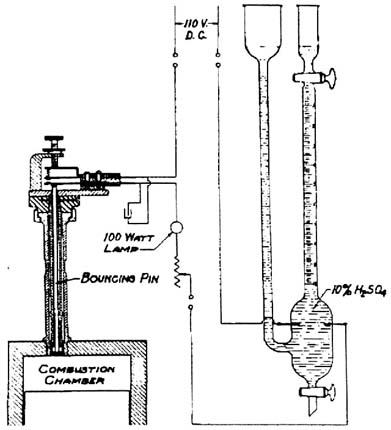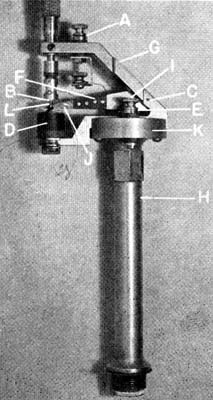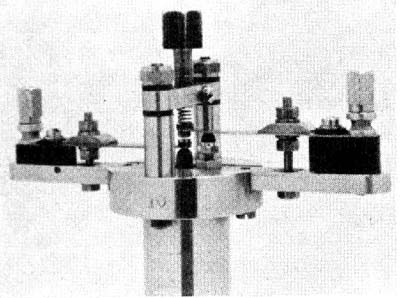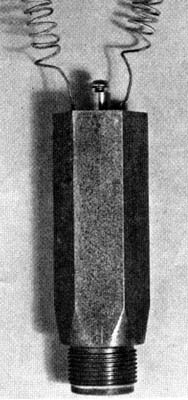|
|
A Gas Evolution Burette was used with the early Bouncing Pin and was incorporated with the first CFR units in the 1920's. Light knock would result in low current flow through the sulfuric acid, generating a small amount of hydrogen gas. As the knock increased, the gas volume increased. ( and you thought octane rating was difficult today!) The knock meter (Weston) was not conceived & designed until 1929. |




